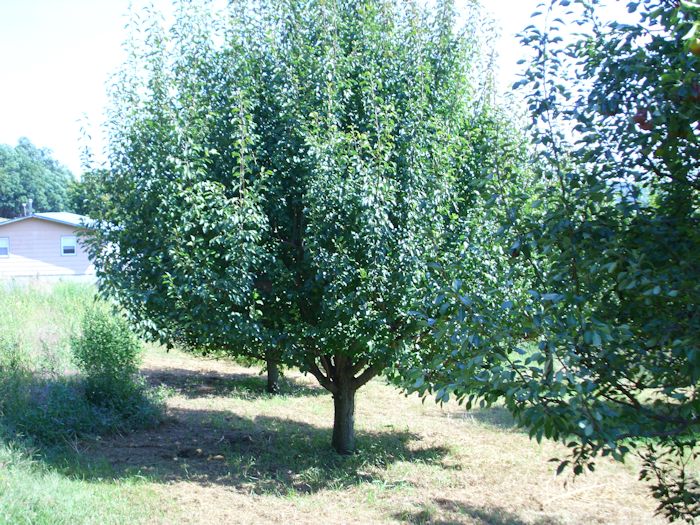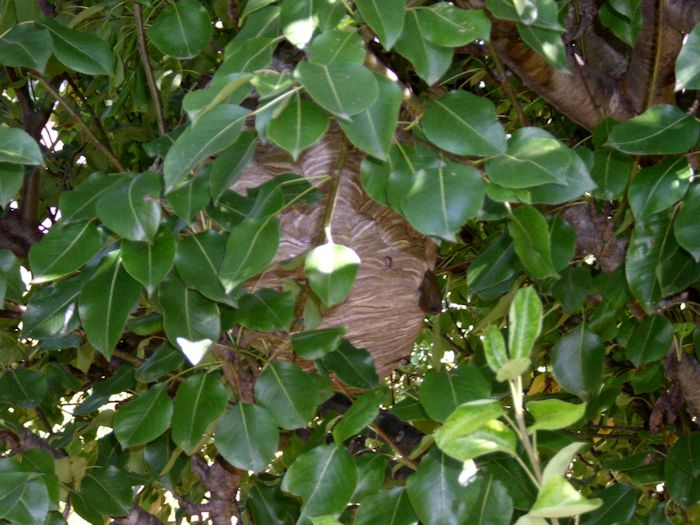Making learning fun is something every author struggles with and few authors achieve. Math for the Zombie Apocalypse is one of the few books out there that actually make a mundane topic like mathematics fun. The essential content of this book is the same as the content for any beginning math book you have ever read. There is no way to get around the requirement of having to learn addition, subtraction, multiplication, and division. However, this book accomplishes its task with panache.
The reader is instantly engaged in a favorite topic of children today, avoiding zombies. Of course, it’s one thing to say that you want to avoid zombies, but it’s quite another to actually accomplish the task. Throughout the book, the reader is asked how he or she would prove their mettle against hoards of zombies roaming the land. The answer is to use math to figure out how to stay alive while less skilled acquaintances become zombies themselves.
Of course, the book is meant entirely in fun. The humor is grand and of the sort that children will enjoy immensely. However, the result of reading the book is that a child sees a useful purpose in learning math—even though this purpose is quite fictional in nature. Most math books out there are dry, humorless tomes filled with mind numbing repetition that will lull the most stalwart child to sleep. There is no reason that a child can’t learn new skills in a fun-filled environment. Before the reader realizes it, he or she has learned new and useful skills.
Fortunately, this isn’t the only book the author intends to write. You’ll want to wait to see the new additions to the for the Apocalypse series, but for now, make sure you check out Math for the Zombie Apocalypse, especially if you have a child that is having a hard time learning the basics. This is the sort of book that I wish had been available when I was growing up and one that I hope others see as being a valuable way to get kids interested in an essential topic. The press, teachers, parents, and even a few students complain about the low scores children achieve in basic math today, but this book does something about the problem.


